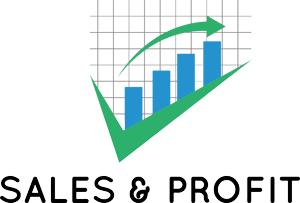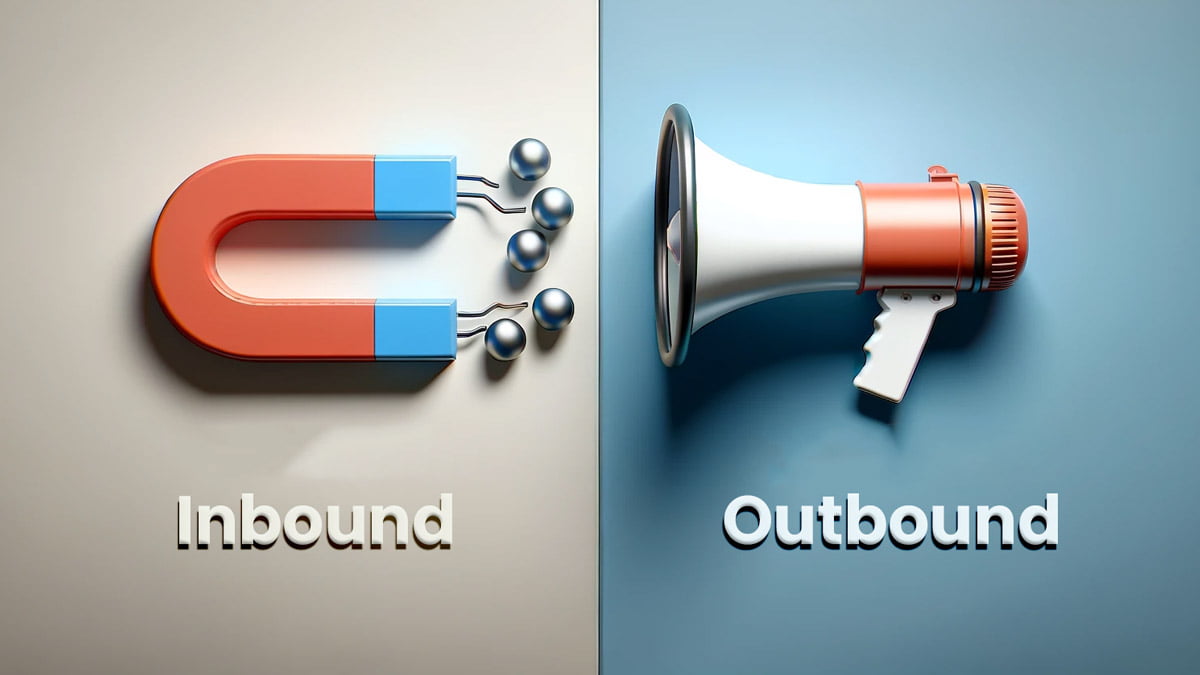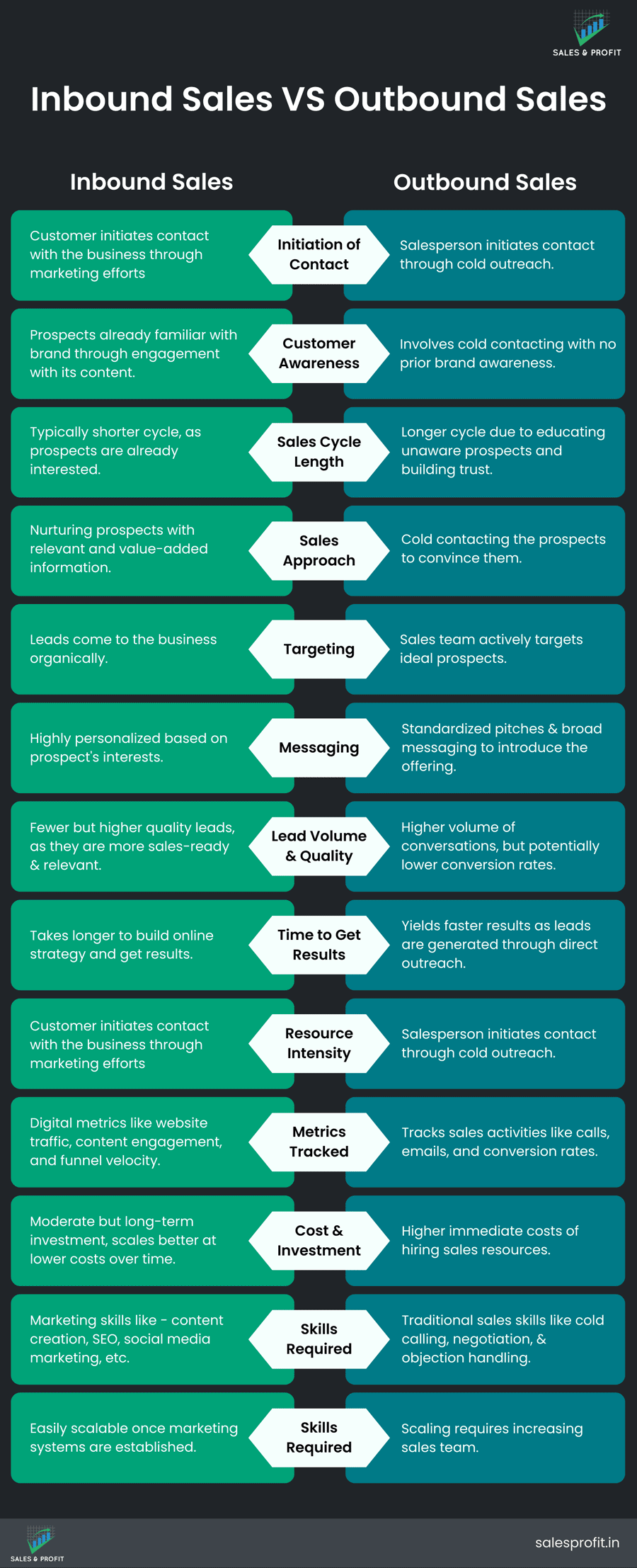Table of Contents
What is Inbound Sales?
Inbound sales is all about attracting qualified leads by creating valuable content and experiences that resonate with your ideal customers.
Unlike outbound sales where you directly approach potential customers, inbound sales focuses on pulling customers towards your business organically.
It starts with understanding your target audience and creating tailored content that speaks to their pain points and interests.
This content should aim to establish your brand as a thought leader and subject matter expert in your industry.
The goal is to attract visitors, convert them to leads and eventually turn them into customers.
It’s a longer-term strategy but leads generated through inbound tactics convert at a much higher rate as they have already shown interest in your offerings.
Some key Inbound sales tactics include:
- Content Marketing – Creating blog posts, ebooks, videos, podcasts etc. that provides useful information to your prospects. This content should focus on addressing buyer concerns and questions at different stages of the sales funnel.
- SEO – Optimizing your online content for search engines like Google so prospects can easily find your content for their queries.
- Social Media Marketing – Having a presence on social platforms like LinkedIn, Twitter, Facebook etc. to build connections and share valuable content.
- Email Marketing – Building email lists to nurture leads by sending helpful, relevant information over time that builds trust and brand familiarity.
- Paid Advertising – Running ads on Google, Meta, Instagram or Linkedin targeting a larger audience who can be interested or searching for a solution similar to yours.
The inbound methodology leverages the power of permission-based marketing.
Instead of interrupting prospects, you attract them by creating content they actually want to engage with. This builds brand awareness and trust organically over time.
What is Outbound Sales?
Outbound sales refers to a proactive approach where salespeople directly reach out to potential customers through cold calling, emailing, social selling, trade shows, etc.
The goal is to introduce your business to prospects and convince them to become customers.
Unlike inbound sales which attracts prospects to come to you, outbound sales is about salespeople taking the initiative to go out and connect with potential customers.
It involves identifying your target audience, getting their contact details, and making the initial contact and pitch.
Some key Outbound sales tactics include:
- Cold Calling – Calling prospects directly who have not requested information to generate new business. This could be based on lead lists purchased or researched.
- Cold Emailing – Sending cold emails to prospects introducing your business and value proposition. The aim is to get a response and start a sales conversation.
- Networking – Attending events, conferences and trade shows to connect with potential prospects in person.
- Social Selling – Researching prospects on social media platforms like LinkedIn and sending out personalized connection requests and messages..
The outbound approach is proactive and targeted.
Salespeople focus on identifying key decision makers and having personalized outreach to explain how their offering can benefit the prospect’s business.
While working with our clients during our sales consulting service engagement many a time we have seen them invest alot in outbound sales.
And there is little to no investment in inbound sales and marketing.
But in my experience, I have seen usually companies who leverages both the channels generates much better results.
Difference Between Inbound and Outbound Sales
(Click on the image to enlarge)
1. Initiation of Contact
Inbound Sales
In inbound sales, the customer initiates contact after discovering the business through various marketing efforts.
This could be finding the company website through search engines, engaging with its content on social media, downloading a resource, responding to an email campaign etc.
Outbound Sales
The sales process is initiated by the salesperson in outbound sales.
Salespeople proactively reach out to potential customers through mediums like cold calling, sending cold emails or visiting in-person.
The sales rep takes the first step to establish contact.
2. Customer Awareness
Inbound Sales
With inbound sales, prospects are usually already familiar with the brand as they have actively engaged with its content, social media or other marketing collateral.
They are warm and open to discuss.
Outbound Sales
Outbound sales often involve cold contacting the prospects, meaning there is no prior awareness of the brand or existing relationship.
The salesperson introduces your company and its offerings.
3. Sales Cycle Length
Inbound Sales
Inbound sales often have a shorter sales cycle as the prospects are already interested users of the company’s content and engaged with the brand.
Having initiated contact, they are primed for your product / service and more sales-ready.
Less effort is needed to make the sale.
Outbound Sales
Outbound sales usually involves a longer sales cycle.
The salesperson first has to educate the unaware prospect about the offering, convince them of its value and establish credibility and trust.
This gradual nurturing process lengthens the sales cycle.
4. Sales Approach
Inbound Sales
Focuses on nurturing the prospect through information and education, aligning sales efforts with the customer’s interests and needs.
Outbound Sales
Often involves a more aggressive sales approach, with direct pitches and attempts to convince potential customers of their need for the product or service.
5. Targeting
Inbound Sales
For inbound sales, the leads are not actively targeted.
Leads come to the business on their own accord after engaging with its content and brand presence.
Outbound Sales
In outbound sales, the sales team proactively targets prospects as per ideal customer profile and segments.
They approach cold contacts who have not shown prior interest or intent.
6. Messaging
Inbound Sales
Inbound sales conversations are highly personalized and tailored to the specific interests shown by the lead.
Sales reps can reference content consumed or requirement shared through website to personalize their messages.
Outbound Sales
The outbound sales approach tends to use standardized pitches, mass emailing and phone scripts.
Messages are broader and about introducing the offering to unfamiliar prospects.
7. Lead Volume and Quality
Inbound Sales
Inbound sales generally generate fewer but higher quality leads as prospects have already shown interest by coming to your brand.
The leads are more sales-ready and relevant.
Outbound Sales
Outbound sales activities like cold calling tend to produce higher volumes of conversations.
However, the leads converting from those conversations may be lower since disinterested prospects are also being contacted.
The conversions of the leads may also depend on how good the salesperson engages the prospect over cold calls.
8. Timeframe to Get Results
Inbound Sales
Inbound sales strategies typically take longer to show results.
Setting up a comprehensive website, optimizing it for search engines, and creating relevant content for the site and social media platforms is a time-intensive process.
Once these elements are in place and visibility is established, the inbound approach starts generating leads.
Outbound Sales
Outbound sales often yield immediate results.
Since the strategy involves direct outreach to prospects through methods like cold calling or emailing, leads can be generated as soon as the sales team starts their outreach efforts
9. Resource Intensity
Inbound Sales
Inbound sales is done through owned marketing assets like blogs, SEO, social media.
Once content is created, it attracts relevant traffic over time and can be more cost-effective over the long term.
Outbound Sales
Outbound sales requires significant dedicated time and resources for prospecting research, list-building, cold calling and emails etc.
It can be quite resource-intensive and dependent on your sales team’s strength.
10. Metrics and Tracking
Inbound Sales
Inbound sales tracks website traffic, content engagement, email opt ins, sign ups, sales velocity through the funnel etc.
The focus is on digital traction and nurturing.
Outbound Sales
For outbound sales, activities like calls made, emails sent, conversations had, connections established are tracked to measure performance.
The focus is on volume and conversion rates.
11. Cost and Investment
Inbound Sales
Inbound sales require moderate but long-term investment in marketing activities.
But over time, it scales better at lower costs.
The ROI realization is gradual but the leads compound.
According to a report by Hubspot, inbound leads costs 61% less than outbound leads.
Outbound Sales
Outbound sales incur higher immediate costs for sales recruitment, providing sales training to the team, purchase of lead list, tools etc.
But there is potential for quicker sales.
The ROI can be realized sooner.
12. Skills Required
Inbound Sales
Inbound sales needs marketing skills like content creation, SEO, email marketing etc to guide interested prospects down the funnel.
Outbound Sales
Outbound sales requires traditional sales skills like cold calling, objection handling, negotiation etc. to convert unaware, uninterested prospects to leads
13. Scalability
Inbound Sales
Scaling inbound sales is more easy and cost-effective.
Once the inbound marketing system (Website, content, social media, email automation) is in place, it can attract a larger audience with minimal investments.
Outbound Sales
Scaling outbound sales requires increasing sales teams for wider prospecting.
The scalability of outbound sales is directly proportional to the resources invested in the sales force.
Why Choose Inbound Sales over Outbound Sales?
1. Alignment with Modern Buyer Behavior
Inbound sales align with how modern buyers prefer to shop and make purchase decisions.
Especially in the digital age where customers often research and seek solutions online before making a purchase.
A report by SPOTIO says that 93% of B2B buying processes begin with an online research.
2. Cost-Effectiveness
Generally, inbound sales can be more cost-effective than outbound.
It relies on creating content and utilizing digital platforms, which, once set up, can continue to generate leads.
3. Higher Quality Leads
Leads generated from your owned marketing channels like SEO and social media have already shown interest in your offerings.
These leads convert at much higher rates compared to cold outbound leads.
4. Building Long-Term Relationships
Inbound sales focus on providing value to the customer through content, building trust, and establishing long-term relationships, which can lead to repeat business and referrals.
5. Easily Scalable
Inbound sales strategies can be highly scalable.
Once effective systems and content are in place, they can reach and attract an extensive audience without significantly increasing costs.
6. More Informed Buyer
Inbound sales often involve educating the prospect through informative content, helping them understand their challenges and the solutions available
This leads to a more informed buying decision.
7. Shorter Sales Cycle
Since inbound leads have already shown interest in your product or service, they typically move through the sales funnel more quickly.
This existing awareness and interest can significantly shorten the sales cycle and lead to faster closures.
8. Long-Term Digital Assets
Content created for inbound sales, like website, blog posts, or webinars becomes a long-term asset that continues to attract leads over time.
9. Increased Brand Reputation
Consistently providing valuable content establishes your brand as an authority in your field, increasing your overall reputation.
10. Attracting Passive Buyers
Inbound sales are effective in attracting passive buyers who may not be actively seeking your product but can be persuaded through your informative and engaging content.
11. Sustainable Growth
Inbound marketing costs significantly less than purchasing lead lists or having dedicated outbound teams. Content continues attracting leads perpetually.
Once your inbound strategy is refined, it provides better ROI through qualified leads over time.
Why Choose Outbound Sales over Inbound Sales?
1. Direct and Controlled Messaging
Outbound sales allows you to craft and control your message directly to your target audience.
Since sales reps will shortlist the accounts they want to target, they can position their solution as per the unique pain points of the individual accounts
2. Highly Targeted Approach
In outbound sales, you can choose whom to target based on your defined ICP.
You can focus on specific industries, company sizes, or even job roles that are most likely to benefit from your offering, ensuring that your efforts are concentrated on the most promising prospects.
3. Faster Market Feedback
Engaging directly with prospects through outbound sales offers immediate feedback on your product and sales approach.
This can be invaluable for new product launches or entering new markets.
4. Building Brand Awareness
For new businesses or those in competitive markets, outbound sales can help in building brand awareness more aggressively than inbound strategies.
5. More Control Over Sales Process
Outbound sales provide more control over the sales process, from lead generation to closing the deal.
This allows for a structured sales pipeline and predictable sales operations.
6. Proactive Lead Generation
Instead of waiting for leads to come to you (as in inbound), outbound sales involve actively reaching out potential customers.
7. Easier Targeting in Specific Industries
Certain industries like healthcare, real estate, or industrial manufacturing may not be as active online or may not respond as well to inbound marketing efforts.
In these cases, outbound sales can be a more effective way to directly reach your target audience.
8. Immediate Results
Outbound efforts can often lead to quicker sales, as the approach is direct and focused on immediate conversion.
9. Better for Complex Solutions
For complex solutions or high-value products, outbound sales allow for detailed explanations and personalized demonstrations that can better address specific customer concerns.
10. Effective for Early Market Penetration
For companies entering a new market or launching a new product, outbound sales can be more effective in quickly establishing a market presence and educating potential customers about the new offering.
11. Useful in Saturated Industries
In certain markets, the competition in the digital space like search engines, ads or social media is very high and saturated.
Industries like – Marketing agencies, fitness, travel, real estate etc many need to rely on outbound due to the high competition.





